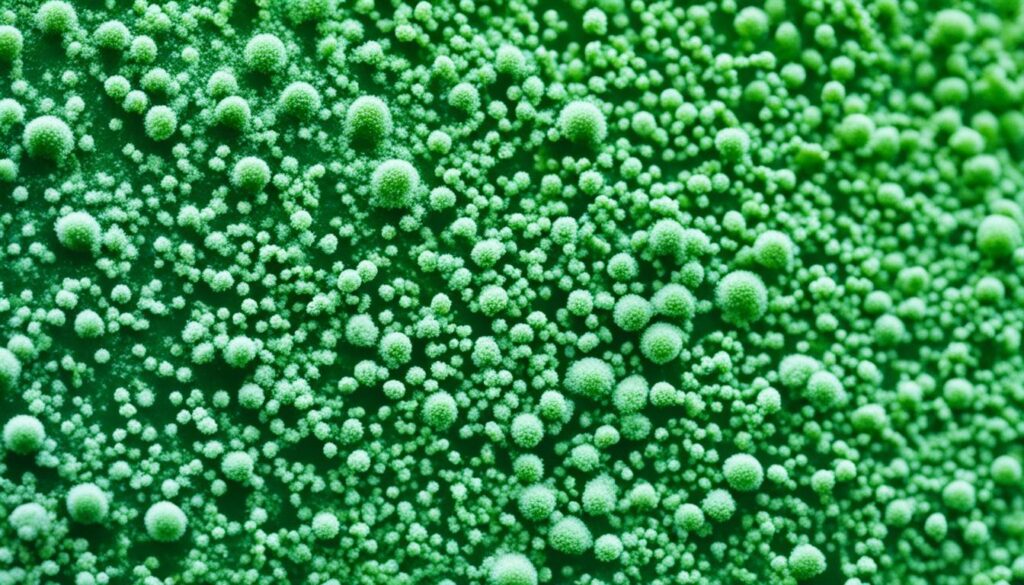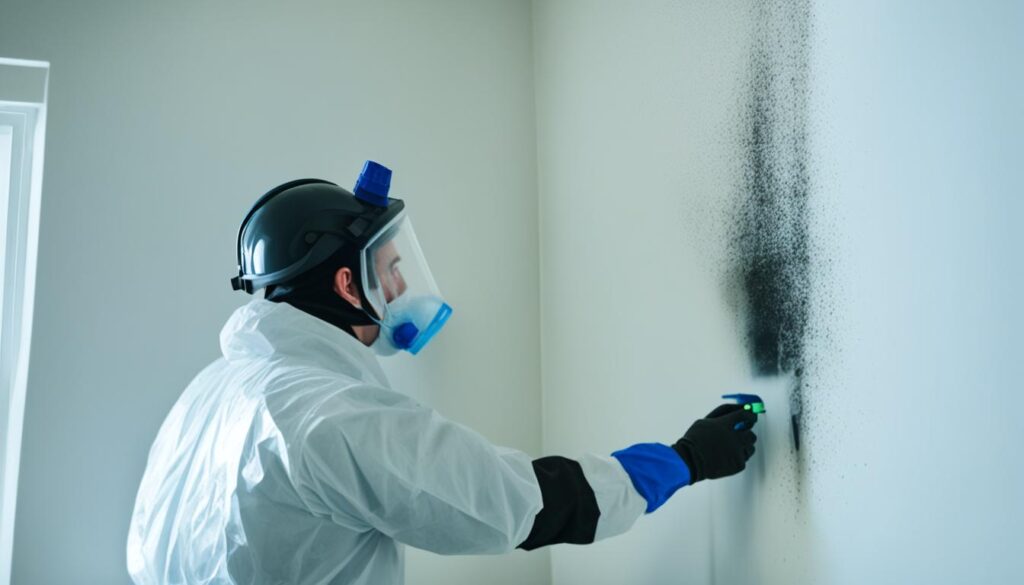
Mold Remediation Tips: How to Treat Mold Effectively
Welcome to our comprehensive guide on mold remediation tips. Dealing with mold can be a daunting task, but with the right knowledge and strategies, you can effectively treat mold in your home and create a healthier living environment for you and your family.
- Identify the source: Before starting the treatment process, it’s crucial to identify the source of mold growth. This could be due to water leaks, high humidity levels, or poor ventilation.
- Use protective gear: Mold can be harmful to your health, so it’s important to protect yourself during the remediation process. Wear gloves, goggles, and a mask to prevent direct contact with mold spores.
- Remove affected materials: Any materials that are heavily infested with mold, such as drywall or carpets, should be safely removed and discarded. Make sure to seal them properly in plastic bags to prevent further contamination.
- Clean with safe solutions: Use mold-specific cleaning solutions or natural alternatives like vinegar or hydrogen peroxide to clean the affected areas. Scrub the surfaces thoroughly and ensure they are completely dry to prevent mold regrowth.
- Improve ventilation: Proper ventilation is essential in preventing mold growth. Install exhaust fans in kitchens and bathrooms, open windows to increase air circulation, and use dehumidifiers to maintain optimal humidity levels.
By following these mold remediation tips, you can effectively treat mold infestation and minimize the risks to your health and home. Remember, if you’re dealing with a severe mold problem or need professional assistance, don’t hesitate to reach out to experts in the field.
Key Takeaways:
- Identify the source of mold growth to prevent recurrence.
- Use protective gear such as gloves, goggles, and a mask during mold remediation.
- Remove heavily infested materials and seal them properly for disposal.
- Clean affected areas with mold-specific solutions or natural alternatives.
- Improve ventilation in your home to prevent future mold growth.
Understanding Mold and its Health Risks
Before diving into the mold treatment process, it is essential to understand what mold is and the potential health risks it poses. In this section, we will discuss the basics of mold, how it grows, and the health effects it can have on individuals.

Basics of Mold
Mold is a type of fungus that can grow both indoors and outdoors. It thrives in damp and humid environments, making it commonly found in areas with water damage, leaks, or high levels of moisture. Mold reproduces by releasing spores into the air, which can easily spread and colonize new areas.
How Mold Grows
Mold growth requires three main factors: moisture, a food source, and the right temperature. Moisture can come from various sources, such as leaks, condensation, or flooding. Common food sources for mold include cellulose-based materials like wood, drywall, and fabrics. Mold can grow in temperatures ranging from 40 to 100 degrees Fahrenheit.
Health Effects of Mold
Mold exposure can cause a range of health issues, especially for individuals with allergies, asthma, or weakened immune systems. Common symptoms of mold exposure include nasal congestion, coughing, wheezing, throat irritation, and eye irritation. Prolonged exposure to mold can also lead to more severe respiratory problems and allergic reactions.
“Mold exposure can cause a range of health issues, especially for individuals with allergies, asthma, or weakened immune systems.”
It is important to note that mold affects each person differently, and some individuals may be more sensitive to its presence than others. If you suspect mold growth in your home or experience unexplained health symptoms, it is crucial to address the issue promptly.
Steps to Treat Mold Infestation
Now that you have a good understanding of mold and its risks, it’s time to take action. This section will outline step-by-step instructions on how to effectively treat mold infestation in your home. By following these steps, you can ensure a safe and mold-free living environment for you and your family.
1. Identify the Source of Mold Growth
Start by identifying the source of mold growth in your home. Look for areas with visible mold, such as damp basements, leaky pipes, or water-damaged walls. It’s important to locate the root cause of the mold infestation to prevent its recurrence.
2. Determine the Extent of the Infestation
Assess the extent of the mold infestation. Is it limited to a small area or has it spread to multiple rooms? This will help you determine the appropriate treatment method and whether professional assistance is needed.
3. Take Safety Precautions
Prioritize your safety by wearing protective gear such as gloves, goggles, and an N95 respirator mask. Mold spores can be harmful when inhaled, so it’s crucial to take precautions to avoid respiratory issues or allergic reactions.
4. Quarantine the Affected Area
Isolate the affected area to prevent further mold spread. Close doors and windows, and consider covering any openings with plastic sheets. This will help contain the mold and minimize the risk of cross-contamination.
5. Remove Mold-Infested Materials
Remove any mold-infested materials that cannot be salvaged. This may include porous items like drywall, carpeting, or ceiling tiles. Properly bag and dispose of these materials to prevent the spread of mold spores.
6. Clean Thoroughly
Clean non-porous surfaces with a mild detergent or a solution of water and vinegar. Scrub the affected areas using a stiff-bristle brush to remove visible mold. Rinse the surfaces with clean water and dry them thoroughly.
7. Dry the Area Completely
Ensure that the treated area is completely dry. Use fans, dehumidifiers, or open windows to improve ventilation and aid in drying. Proper drying is essential to prevent mold from regrowing.
8. Monitor for Recurrence
Regularly monitor the treated area for any signs of mold recurrence. Keep an eye out for musty odors, discoloration, or moisture issues. If you notice any signs, promptly address the problem to prevent further infestation.
By following these steps and taking proactive measures, you can effectively treat mold infestation in your home. Remember, for more severe cases or if you’re unsure about the treatment process, it’s best to consult a professional mold remediation service like Fix Mold Miami at 305-465-6653.

Conclusion
In conclusion, effectively treating mold infestation is vital for maintaining a healthy home environment. By following the expert tips and strategies outlined in this article, you can successfully combat mold and prevent its recurrence.
Mold can pose serious health risks to individuals, including respiratory issues, allergies, and even infections. Therefore, it is crucial to understand the basics of mold growth and the potential harm it can cause.
If you suspect mold in your home, take immediate action by identifying the source of mold growth and implementing proper remediation techniques. Remember to use safe cleaning solutions and protective gear to ensure your safety throughout the process.
If you need professional assistance or a thorough mold assessment, don’t hesitate to contact Fix Mold Miami at 305-465-6653. Their team of experts can provide specialized services to effectively eliminate mold from your living spaces and restore a healthy living environment for you and your family.




